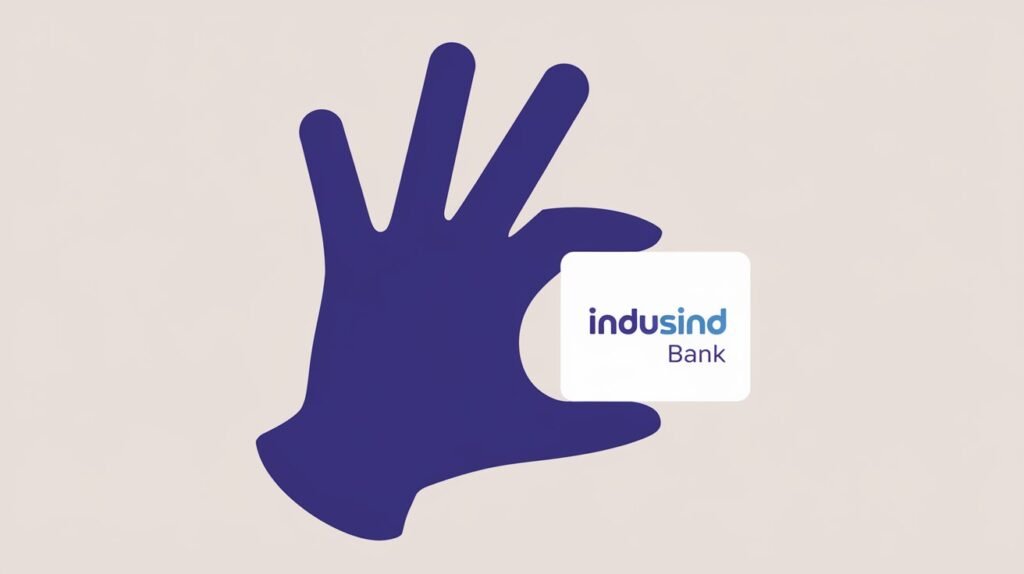
IndusInd Bank’s shares experienced a sharp decline of 18% following the announcement of a 39% year-on-year (YoY) drop in its Q2 profits. This news has created significant concern among investors, raising the question: Is this a buying opportunity, or should investors consider selling or holding their position? Let’s dive into the details and key insights to guide your decision.
Key Financial Results for Q2
IndusInd Bank recently reported its Q2 earnings for the financial year 2024, showcasing a steep decline in profits. The bank’s net profit dropped by 39% YoY, falling short of market expectations. The lower-than-expected earnings were largely driven by higher provisions and weaker loan growth.
Why Did IndusInd Bank’s Profits Decline?
The sharp drop in profits can be attributed to several factors:
– Rising Provisions: The bank has seen a rise in provisions due to increasing non-performing loans (NPLs). This higher provisioning to cover bad loans has dented its profitability.
– Slower Loan Growth: The bank’s loan growth has slowed down, impacting its ability to generate higher interest income.
– Tightening Regulations: RBI’s recent regulatory measures, particularly around provisioning and capital adequacy, may have added further pressure.
Market Reaction: Why the Share Price Dropped 18%
Investors were quick to react to the disappointing earnings report, leading to an 18% drop in the bank’s share price. The steep fall can be seen as a result of concerns over the bank’s rising bad loans and provisions, coupled with slower growth.
Should You Buy, Sell, or Hold IndusInd Bank Shares?
Buy:
Some market analysts believe that the recent dip in IndusInd Bank’s share price presents a good buying opportunity for long-term investors. The stock’s current lower valuation may offer potential upside, especially if the bank can control its bad loans and improve loan growth in the coming quarters. If you have a long-term investment horizon and believe in the bank’s future, accumulating shares at this lower price could be a wise decision.
Sell:
On the other hand, for investors with a shorter investment horizon or lower risk tolerance, selling might be a better option. The bank’s rising non-performing assets (NPAs) and higher provisions are a red flag. If the situation worsens, there could be further downside pressure on the stock price.
Hold:
If you are already holding shares and are unsure of what to do, holding might be a viable strategy for now. It’s worth monitoring the bank’s future earnings closely, particularly its efforts to manage asset quality and loan growth. Investors should keep an eye on any positive developments such as improved credit quality or cost optimization measures.
What’s Next for IndusInd Bank?
Despite the Q2 earnings disappointment, IndusInd Bank remains a key player in the Indian banking sector. The bank’s management has acknowledged the challenges and is expected to take corrective measures to address the rise in NPAs and provisions. Going forward, investors should look for any positive signals, such as improvement in loan growth and recovery in bad loans, that could drive a rebound in the share price.
Conclusion
IndusInd Bank’s 18% share price drop following its Q2 profit decline has left investors at a crossroads. Whether you should buy, sell, or hold depends on your investment horizon, risk tolerance, and belief in the bank’s recovery strategy. While the near-term outlook is challenging, long-term investors might see value in the current lower price, while short-term investors may prefer to reduce their exposure.
As always, investors should consult with financial advisors and conduct thorough research before making any decisions. The banking sector is known for its volatility, and IndusInd Bank’s performance in the coming quarters will be crucial in determining the stock’s trajectory.
